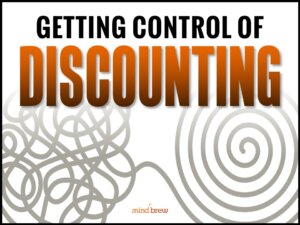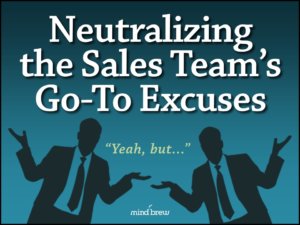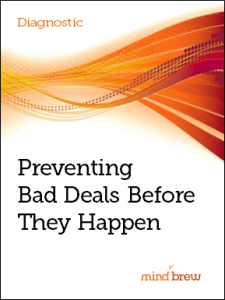In 1894, an Indiana physician named Edward J. Goodwin believed that he had discovered something that had eluded mathematicians and scientists since the dawn of time — the correct way to square a circle. He was so confident in his discovery that he immediately proposed
“A Bill for an act introducing a new mathematical truth and offered as a contribution to education to be used only by the State of Indiana free of cost by paying any royalties whatever on the same, provided it is accepted and adopted by the official action of the Legislature of 1897.”
The math, of course, was bunk.
But the so-called “Indiana Pi Bill” got alarmingly close to becoming law and was actually passed by the Indiana House of Representatives. Fortunately, Purdue mathematics professor C. A. Waldo happened to be at the state Senate before the final vote. He managed to talk some sense into everyone and prevent bad math from becoming law.
Unfortunately, those of us who work in pricing often need to handle similar situations. Hopefully, no one else in your office is suggesting “alternate math,” but you almost certainly have found into people who think they know more than you about pricing. They often espouse one of the following common myths:
- Cost-plus pricing is the only way: People with limited exposure to pricing often believe that all the pricing team does is tally up the cost of goods and add a percentage for profit. They might believe that this approach ensures that the company makes money while treating customers fairly. But this approach overlooks market demand, value perception, and competitor pricing. Even worse, it can give away a ton of margin unnecessarily. For a longer explanation, check out How to Crater a Market with Cost-Plus Pricing.
- All customers value the same things: To a lot of people, it seems weird — or even wrong — to charge different customers different prices for the exact same thing. But different people might be willing to pay a very different amount for an identical product if it meets a different need. For example, recent history tells us that people with diabetes will pay their insurance co-pays, but not a whole lot more, for an injectable drug that helps save their lives. But people who would like to lose weight will pay many thousands more for the very same drug every month if it helps them lose weight without dieting or exercise. Whatever you think of those priorities, it does emphasize the point that you could be losing money if you aren’t using segmented pricing. For more help explaining this phenomenon to your colleagues, see How to Explain Price Segmentation to Others.
- Lowering Prices Always Increases Sales: If your company needs to boost its sales, the pricing team almost always comes under pressure to drop prices. But in many — if not most — cases, dropping prices without a strategic reason to do so can backfire. If you decrease your prices, the competition will likely lower theirs also, starting a price war. That leads to thinner margins and creates unrealistic expectations in customers’ minds. In the end, you’ll have less room for negotiation far into the future. For a better approach, see Getting Control of Discounting.
- If Sales are Down, it’s a Pricing Problem: The corollary to the last myth is the idea that if sales drop, the pricing team is doing something wrong. In actuality, a lot of different factors affect buying decisions. If economic conditions and industry trends are playing a role, you might need to lower prices, but you also need a well-planned strategy for dealing with those larger forces. And in many cases, declining sales result from other factors that are outside the scope of the sales team. For help counteracting this narrative, check out the webinar on Neutralizing the Sales Team’s Excuses.
While these are some of the most common myths you’ll have to contend with, there are dozens of others that crop up frequently. Fortunately, you don’t have to fight these battles alone. PricingBrew is full of resources that can help you champion best pricing practices for your organization.

















